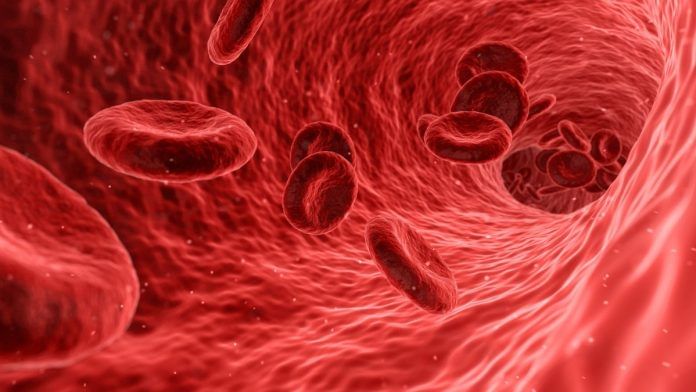
Thank you dear subscribers, we are overwhelmed with your response.
Your Turn is a unique section from ThePrint featuring points of view from its subscribers. If you are a subscriber, have a point of view, please send it to us. If not, do subscribe here: https://theprint.in/
Thalassemia is a group of single gene disorders that affects haemoglobin production due to inheritance of faulty genes from both the normal parents. It is estimated about 10000 children are born every year in India. There are about 100,000 β thalassemia patients in India and approximately 30-45 million carriers of β thalassemia. The disease is more common amongst certain communities like Punjabis, Sindhis, Bengalis, Jains and also Muslims. In the absence of national registries of patients, the exact numbers are not known.
Diagnosis of a child suspected with thalassemia is done by blood tests that is the complete blood count (CBC) and high-performance liquid chromatography (HPLC). Treatment includes lifelong red cell transfusions, and iron chelation therapy. Transfusions comes at a cost of complications as a result of iron deposition in the various organs of the body like heart, endocrine organs and risk of blood transmitted infections. Management of patients of thalassemia is far from optimal in most centres in India.
World Health Organization (WHO) estimates that an annual average consumption of 27 units of blood and USD 8658 worth medicine are needed to treat each patient as per recommended standards.
This economic and psychological stress is overwhelming for any parent of a thalassaemic child. And I think that enough is not being done in this regard in India. We still observe newly diagnosed thalassemia children in our clinics from educated families. And of course, it is not because of fault of theirs but due to lack of the three basic pillars of healthcare- information, education and communication.
In the current era, there is enough information available on the internet regarding the disease however not everyone expects their child to have a disease when they are born. We need to create public awareness to have a successful control program. Different organizations like Rotary clubs, Lions clubs and other non-governmental organisations are conducting education and awareness programs yet much remains to be done.
An awareness program about β thalassemia that was conducted among pregnant women in 6 states was very limited between 0.2% to 4.8%. similarly, a KAPS study (knowledge, attitude and practice study) from North India has shown that not many individuals are aware of the term thalassemia. So creating awareness among public is the key and mass media is a powerful tool that should be made use of more often. Incorporation of thalassemia into formal education in high school curriculum will help create awareness among children coupled with education of health professionals will add to the awareness program for this disease.
Identification of carriers is important but screening should be voluntary where the participants make an informed choice and once they undergo screening, whatever the result should undergo counselling. Screening should be done for population where the prevalence is higher like Sindhis, Bhanushalis, Lohanas, Punjabis, Bengalees, Muslim groups and tribal populations from Orissa and Gujarat. The counselling done should not be one time and these individuals at increased risk to give birth to thalassemia child should be followed up because they tend to forget their carrier status.
A lot of emphasis should also be paid to premarital counselling of prospective couples so that they are encouraged to test themselves if they are carriers of thalassemia. If that may not seem practical, testing of carrier status of parents with each pregnancy (antenatal) must be made mandatory. This will help in more focussed counselling and encourage testing of the unborn child (prenatal diagnosis). This should be accompanied with counselling to allay irrational fears especially in respect of stigmatization. This will also help the at-risk couples to take the right decision for future reproductive choices to avoid birth of another child with thalassemia.
Knowledge regarding thalassemia among most of the physicians, obstetricians in India is scare and not many are aware of curative treatment options like stem cell transplant.
But all is not gloomy as it seems at present. Since 2018, Coal India under the CSR project has been providing funds for patients who have a matched sibling stem cell donor for transplant for these patients. This is a curative treatment for thalassemia patients. But only about 20% of children have a matched sibling, the rest have the option to continue blood transfusion and iron chelation. As they say prevention is better than cure, we need more information to be disseminated so that there is more awareness. We need to create more awareness through media so that more couples get tested before they plan a family, we need to counsel they after they get tested and give them the options for reproductive choices. Our vision should be to achieve what Cyprus could do, that is to achieve zero new thalassemia births in the next decade.
These pieces are being published as they have been received – they have not been edited/fact-checked by ThePrint.


COMMENTS